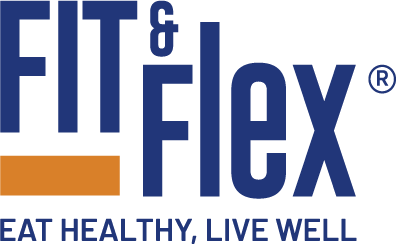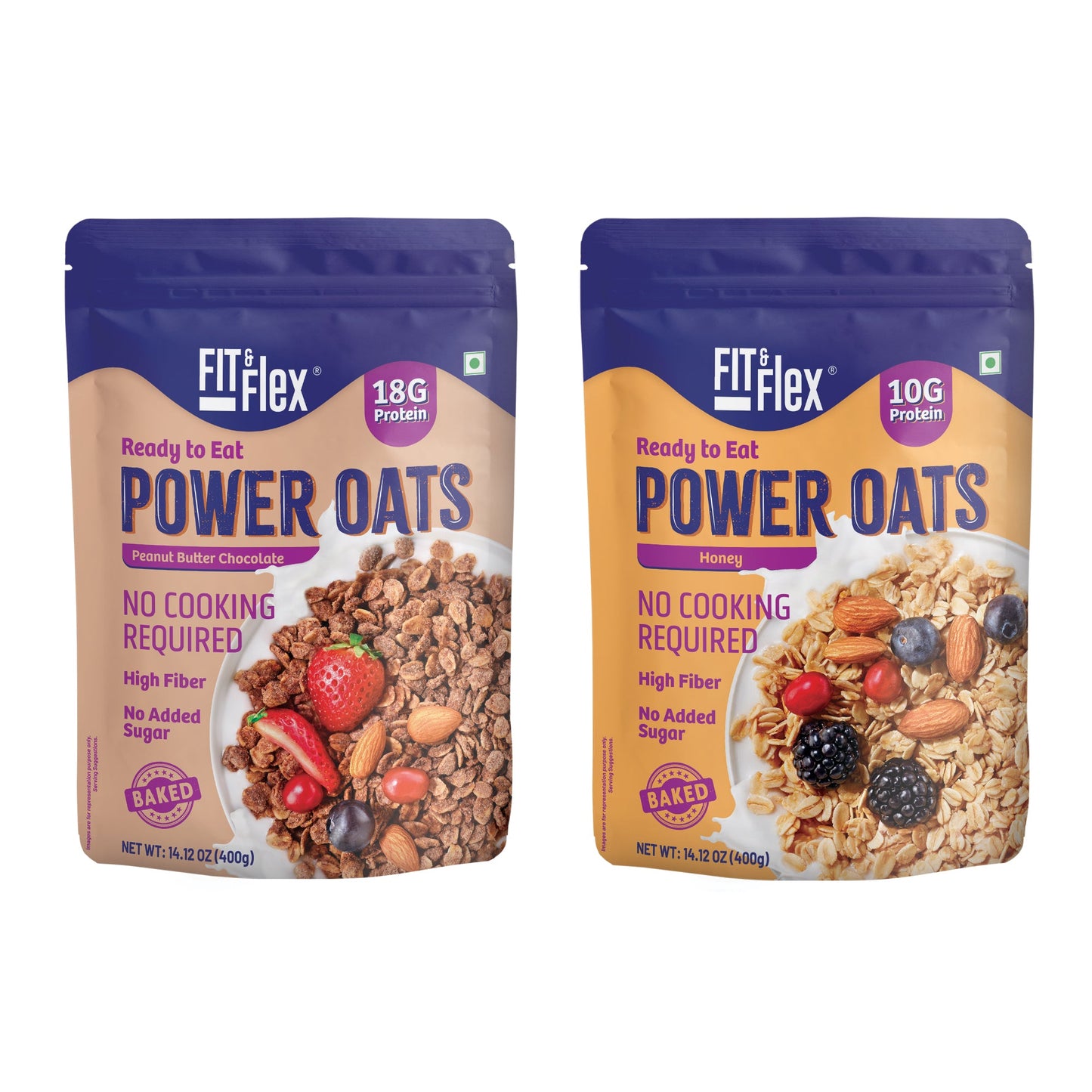Prebiotic vs. Probiotic Fiber: Unlocking the Secrets to a Healthier Gut

In recent years, there has been a growing interest in gut health and the role of fiber in supporting a healthy microbiome. Two types of fiber that often come up in discussions about gut health are prebiotic and probiotic fiber. While they sound similar, they play distinct roles in promoting digestive health. Let’s delve into the differences between prebiotic and probiotic fiber and their respective impacts on gut health.
What Are Prebiotic and Probiotic Fiber?
Prebiotic Fiber:
Prebiotic fiber refers to non-digestible carbohydrates that serve as food for beneficial bacteria in the gut. These fibers are not broken down in the digestive tract and instead pass through to the colon, where they are fermented by gut bacteria. This fermentation process produces short-chain fatty acids, such as butyrate, which nourish the cells lining the colon and help maintain a healthy gut environment.
Probiotic Fiber:
Probiotic fiber, on the other hand, refers to dietary fibers that contain live beneficial bacteria, known as probiotics. These bacteria are similar to those naturally found in the gut and are believed to confer health benefits when consumed in adequate amounts. Probiotic fiber sources include fermented foods like yogurt, kefir, kimchi, and sauerkraut, as well as probiotic supplements.
The Impact on Gut Health
Prebiotic Fiber:
Prebiotic fiber promotes the growth and activity of beneficial bacteria in the gut, such as Bifidobacteria and Lactobacilli. By nourishing these bacteria, prebiotic fiber helps maintain a healthy balance of gut flora, which is essential for digestive health, immune function, and even mental well-being. Increasing prebiotic fiber intake through dietary sources like fruits, vegetables, whole grains, and legumes can support a thriving gut microbiome.
Probiotic Fiber:
Probiotic fiber introduces live beneficial bacteria directly into the gut, where they can colonize and contribute to the microbial ecosystem. These bacteria may help crowd out harmful pathogens, improve digestion, and enhance immune function. Consuming probiotic-rich foods or supplements can help replenish and maintain a diverse and healthy gut microbiome.
Incorporating Prebiotic and Probiotic Fiber into Your Diet
Prebiotic Fiber Sources:
- Vegetables: Garlic, onions, leeks, asparagus, and artichokes are rich in prebiotic fibers like inulin and fructooligosaccharides (FOS).
- Fruits: Bananas, apples, berries, and citrus fruits contain soluble fibers like pectin and resistant starch, which act as prebiotics.
- Whole Grains: Oats, barley, and wheat contain insoluble fibers like beta-glucan and arabinoxylans, which have prebiotic properties.
Probiotic Fiber Sources:
- Yogurt: Choose plain, unsweetened yogurt with live active cultures to ensure a good probiotic content.
- Kefir: A fermented dairy product similar to yogurt but with a thinner consistency and a higher probiotic content.
- Kimchi: A traditional Korean dish made from fermented vegetables, typically cabbage or radishes, seasoned with spices.
- Sauerkraut: Fermented cabbage that is rich in probiotics and may also provide additional health benefits.
Conclusion: Balancing Prebiotic and Probiotic Fiber for Gut Health
Both prebiotic and probiotic fiber play essential roles in supporting a healthy gut microbiome. While prebiotic fiber fuels the growth of beneficial bacteria, probiotic fiber introduces live bacteria directly into the gut. Incorporating a variety of prebiotic and probiotic fiber sources into your diet can help maintain a diverse and balanced gut microbiome, which is key to overall digestive health and well-being.
Whether you’re enjoying a bowl of oatmeal topped with sliced bananas for breakfast or savoring a serving of probiotic-rich yogurt as a snack, prioritizing both prebiotic and probiotic fiber can contribute to a happier, healthier gut.




